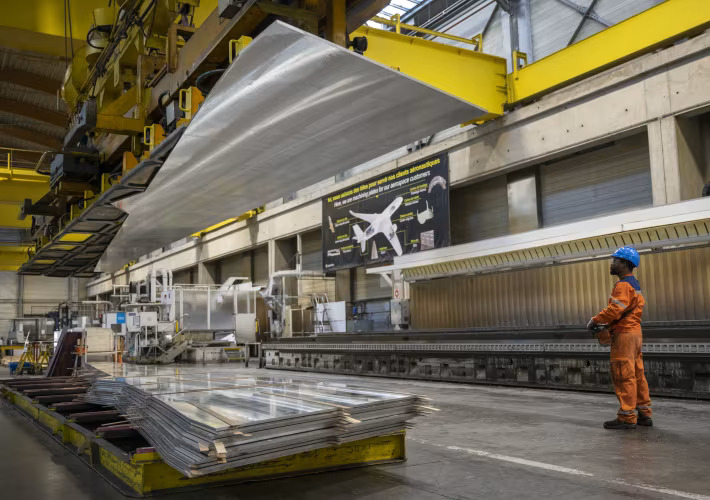Peru blows up machines to scare away illegal gold miners

Illegal miners clash with police during a protest against a law criminalizing their activities (Photo from archives).
The Peruvian government has sent 1,000 police to dismantle illegal gold mining camps in an area known as La Pampa, where over 50,000 hectares of rainforest have been destroyed in the past six years.
The move, one of the latest crackdowns on the activity that has cost the country millions of dollars in lost fees and severely damaged the environment, comes just weeks before the country hosts U.N.-sponsored climate talks, scheduled to start on Dec. 1.
Associated Press (in Spanish), which visually documented the action, reports the troops dynamited a dozen motorcycles as they tore down dwellings that included at least one bordello. They didn’t confiscate as much equipment as expected, as the illegal miners had already removed and hidden some machinery, according to AP.
Peru’s government began legalizing tens of thousands of informal gold miners in 2012, giving them two years to sign up for a six-step formalization process, before criminalizing the activity.
The operators had to apply for certificates from five government entities by April 19, covering areas such as water, exploration, processing minerals and reforestation, but a month before the deadline, thousands of unlicensed gold miners staged demonstrations in Peru’s capital and various regions against the ruling. And about 40,000 of roughly 110,000 illegal miners operating in the country, plainly ignored the deadline.
More profitable than drug trafficking
Despite the efforts, illegal gold production in the South American nation has increased fivefold in the last six years and it is estimated to provide 100,000 direct jobs in the country, 40% of which are in the gold-rich Madre de Dios region. At one point experts calculated the activity was bringing more profit into the country than drug trafficking.
The situation is mirrored in dozens of the countries, where gold is similarly mined and where the desperately poor often end up working in risky conditions. Some even claim that illegal mining has become the “new cocaine” of Latin America, adding that the amount of toxics generated by the use of large amounts of mercury to process gold have reached lethal levels.
A recent study found that close to 80% of residents in the capital of Madre de Dios region have high levels of mercury in their bodies as a result of fish consumption.
More recently, the Carnegie Amazon Mercury Project revealed the levels of mercury in water resources are way higher than expected: close to five times higher than the limit considered safe by the World Health Organization (WHO), and double the safe mark in the country’s urban areas.
Peru is the world’s sixth largest gold producer, but an estimated 20% of its annual production is of unknown origin.
{{ commodity.name }}
{{ post.title }}
{{ post.date }}




Comments
Raulito
So, legalizing the activities of tens of thousands of illegal miners would do the job? I understand that it’s a way to avoid the loss of taxes and so on, but how about environmental impacts? Unfortunately this article doesn’t really mention anything about the requirements that have to be met by the miners in order to receive the necessary certificates.